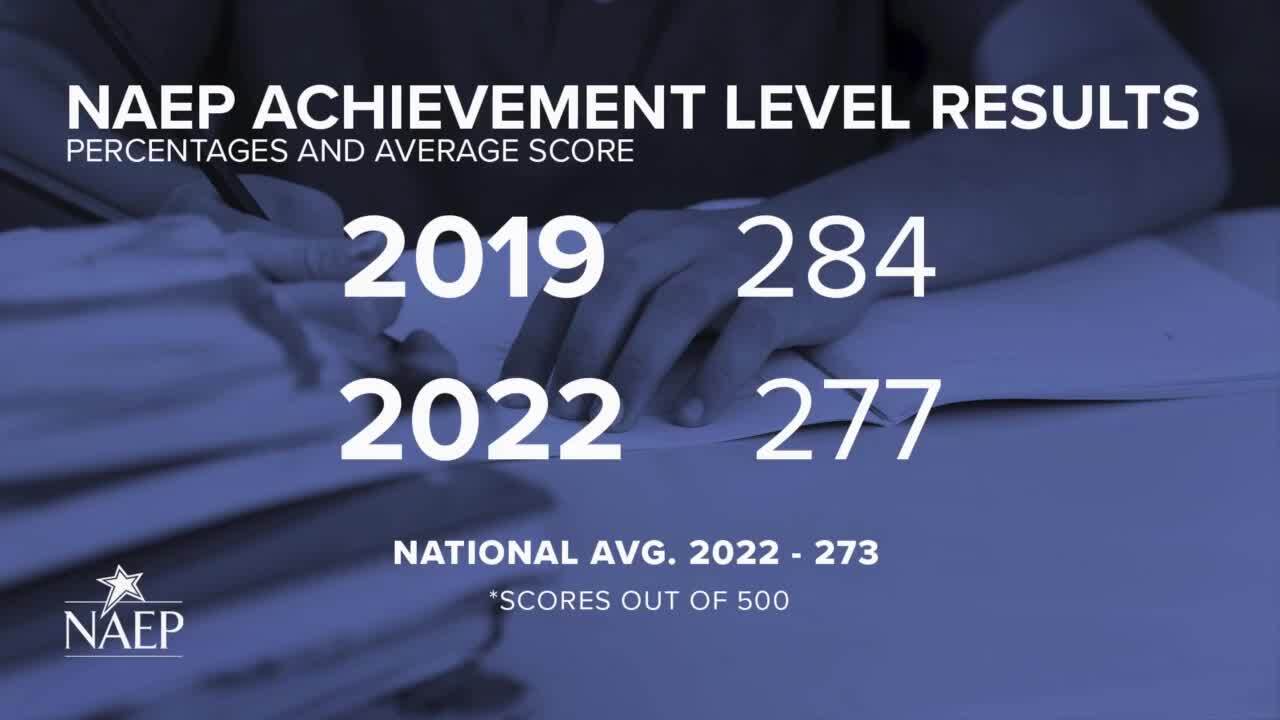BILLINGS - Recent test scores show that a massive decrease in math and reading has taken place all over the country, including Montana.
It’s a nationwide phenomenon that people are saying is one of the lasting effects of the COVID-19 pandemic.
According to the data released, it is the largest decline in math scores ever seen in the history of the National Assessment of Educational Progress (NAEP).
Billings resident Luke Hudson has been one of the most vocal parents about his concerns regarding kids and COVID-19.
Hudson said the decrease in scores does not come as a shock to him.
“Unfortunately, it’s not surprising to us to see this, as a result of how the past few years have transpired. But, at the same time, we’re all very concerned about where to go from here,” Hudson said.
Hudson also said that he doesn’t put all of the blame on the pandemic.
“Public education was trending in this direction, it was just exacerbated by the pandemic and exposed by the pandemic,” Hudson said. “So now, as a community, we have to acknowledge that we all need to chip in, we all need to step up.”
This is the first time that NAEP has been administered since 2019. That year, Montana eighth graders averaged a math score of 284 out of 500. This year the average score dropped to 277, although Montana students did score slightly above the national average.

Montana Superintendent of Public Instruction Elsie Arntzen said the numbers are alarming, but not surprising given the turmoil students dealt with during the past few years.
“There may be disconnection between that cycle of learning, and that is what these test scores are reporting. It is not that our kids are not smart. What happened is something that was out of our control,” Arntzen said.
Arntzen is concerned with what she refers to as “a one-size-fits-all approach” to testing, and so she and others are working to develop a new testing system – one that checks up on students regularly throughout the year rather than just once.
“These scores reflect something, but they are never to shame. They are always to get information, and then as Montana does, we move forward,” Arntzen said.
But parents like Hudson believe more will need to be done and is adamant that an all-hands-on-deck approach is the only way to get students back on track.
“It’s not just a public education problem. It’s not just a teachers-in-the-classroom problem. This is a community problem, and so it’s going to take a community solution,” Hudson said.




